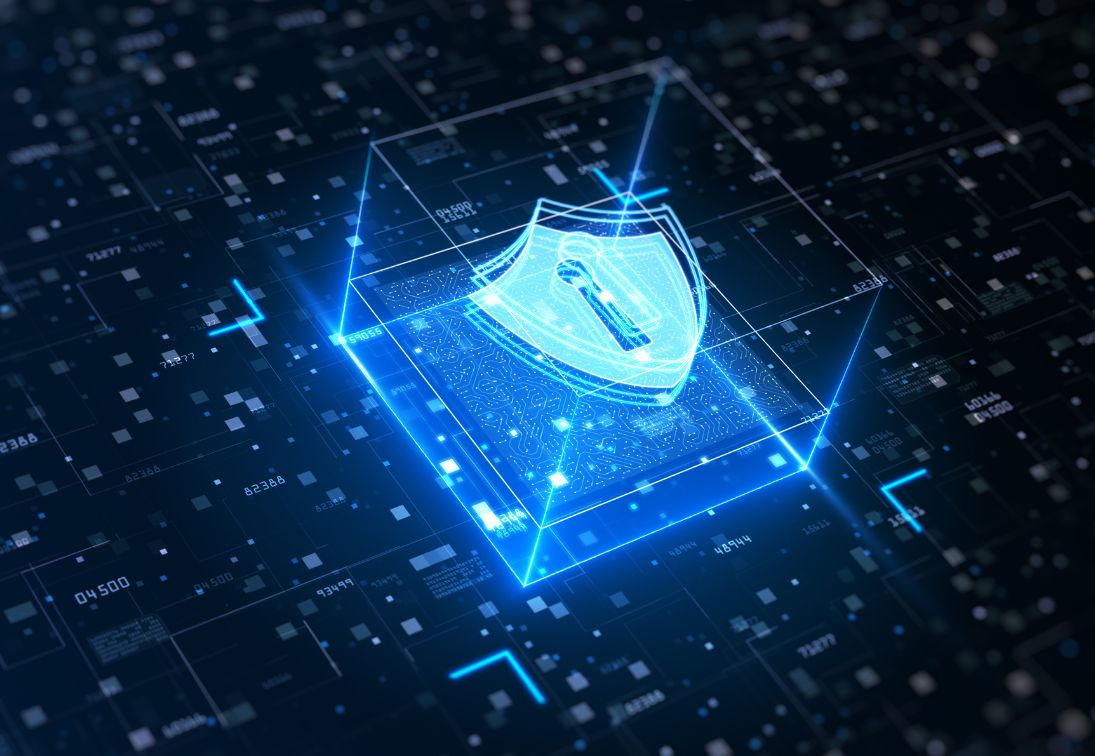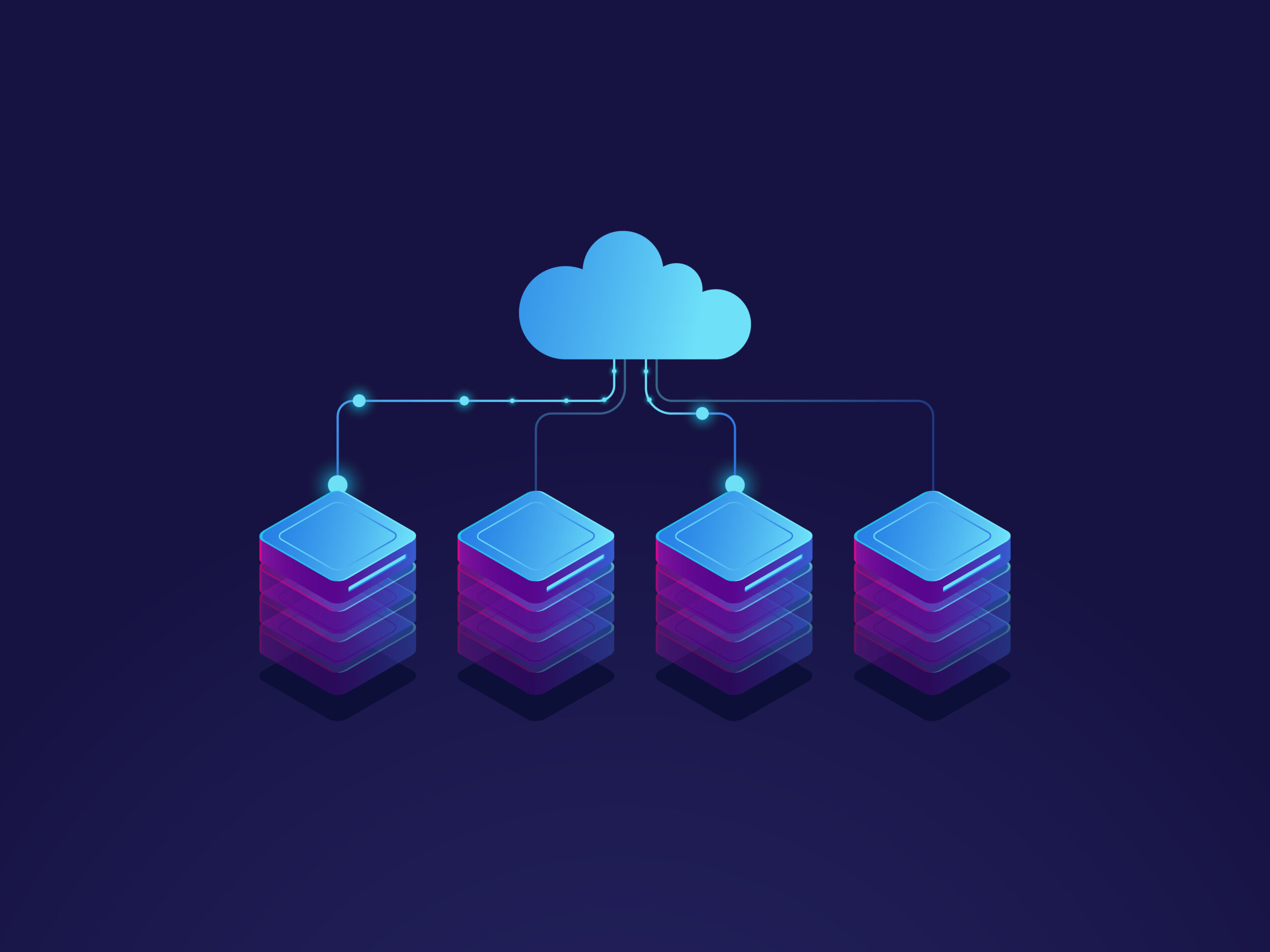In recent years, most organizations have realized that they need two things: strong technology systems – and serious information protection. This is exactly where two different professionals come into the picture: consultant IT On the other hand,Information Security Consultant
Both are essential, both deal with information systems – but each sees the world through a different lens. And when they don’t work together, Your business is stuck right in the middle.
IT consultant – activate the system
Information Security Consultant – Protecting Information
The second consultant looks at it differently: his goal is to identify risks, block vulnerabilities, verify encryption, protect access, maintain privacy protection, manage permissions, prevent information leaks, and comply with legal requirements.
It deals with questions like who can access where, How to detect a hacking attempt, Are our suppliers secure, Do employees know how to identify fraud attempts, and Are we exposed to lawsuits or fines?
The problem: two worlds, zero twin
The IT consultant will set up a convenient system, but may not enable encryption.
The information security consultant will recommend blocking access, even if it will harm operations.
And when a problem arises, everyone points a finger – and you, the owner or CEO, are required to mediate between them.
And this is exactly where criminals succeed, systems fall, and regulators impose fines.
The solution: integration, not separation.
Cybersecurity for small businesses It is essential for protecting data and building trust with customers.
- What your business really needs is not more consultants – but one person who knows how to connect the worlds.
- One who understands infrastructure just as much as he understands cyber.
- Who knows the regulatory requirements – but also knows how to implement them in a way that won't break the system.
- Who knows not only what is “required” according to the law – but also what is possible and how to do it smartly and efficiently.
Integrated consultant – this is what proper work looks like
- When he defines a cloud, he incorporates built-in protection configurations.
- When he handles an endpoint, he makes sure there is hardening, antivirus, and monitoring.
- When he considers a new service, he examines it from both a security and a business perspective.
- When he accompanies a critique, he speaks to both the reviewer and the system.
The benefits of a single, complete and professional approach
- Saving time and budget – no duplication, no confusion, no awkwardness.
- One clear responsibility – no need to mediate between consultants, there is one address.
- Real control – you don't just get recommendations, you get implementation and monitoring.
- Peace of mind – someone sees the whole picture and protects it from every angle.
Additionally, you can hire regular IT provider or strategic consultant to your company.
In conclusion
Organizations that separate IT and cyber – progress slowly, waste resources, and sometimes expose themselves without knowing. In contrast, businesses that are financed by One consultant who connects information security with-IT – Enjoy a clear advantage: everything works, everything is safe – and everything is under control Board level information security consultant and IT consultant. Monitoring the dark web To see what's out there about your organization.
The difference between an information security consultant and an IT consultant – and why your business needs both in one person
In recent years, most organizations have realized that they need two things: strong technology systems – and serious information protection. This is exactly where two different professionals come into the picture: consultant IT On the other hand,Information Security Consultant
Both are essential, both deal with information systems – but each sees the world through a different lens. And when they don’t work together, Your business is stuck right in the middle.
IT consultant – activate the system
Information Security Consultant – Protecting Information
The second consultant looks at it differently: his goal is to identify risks, block vulnerabilities, verify encryption, protect access, maintain privacy protection, manage permissions, prevent information leaks, and comply with legal requirements.
It deals with questions like who can access where, How to detect a hacking attempt, Are our suppliers secure, Do employees know how to identify fraud attempts, and Are we exposed to lawsuits or fines?












